10 Tricks Chefs Use to Make Veggies Taste Like Comfort Food
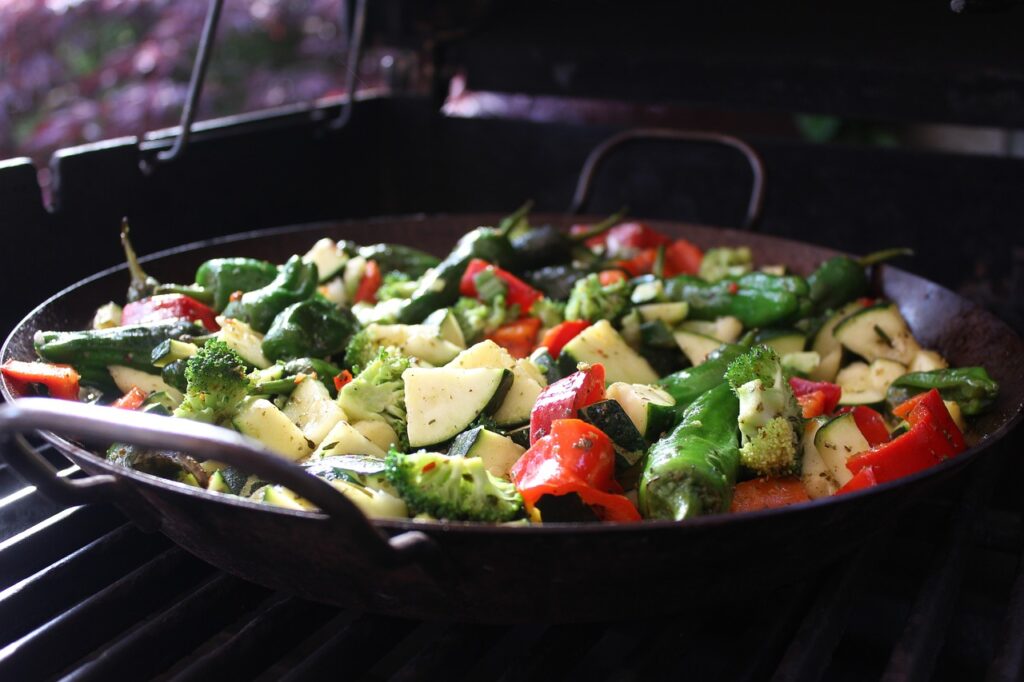
Turning vegetables into comfort food isn’t about hiding them under cheese or frying everything in butter. It’s about using smart techniques that build flavor, texture, and satisfaction in every bite. Chefs know how to make simple produce taste indulgent through heat, fat, acid, and contrast. With the right approach, even broccoli and carrots can rival your favorite hearty dishes. These tricks work for busy weeknights and cozy weekends alike, no extra effort required.
1. Roast or grill at high heat so vegetables caramelize and deepen in flavor

Here’s the thing: brown is flavor. High heat drives Maillard reactions and caramelization that turn plain veggies into something savory and almost meaty. Cut vegetables into uniform pieces so they cook evenly, give them plenty of space on the pan so steam doesn’t form, and crank the oven to 425 to 475 degrees or use a screaming hot grill. The result is sweet edges, smoky notes, and concentrated sugars that read like comfort rather than “diet food.” Finish with a sprinkle of flaky salt and you’ll notice how much more satisfying the bite becomes.
2. Use good fat to carry flavor and improve mouthfeel

Fat is a flavor delivery system, not just calories. Tossing vegetables with olive oil, browned butter, or a spoonful of rendered bacon fat before cooking unlocks aroma and gives the final dish a luxurious mouthfeel. Oils also help seasonings stick and promote browning. For leafy greens, finish with an infusion of flavored oil or a knob of butter. For root vegetables, roast them in oil so the edges crisp and the interiors stay tender. Small amounts of the right fat elevate texture and make veggies feel like a proper main course.
3. Season aggressively with salt, pepper, and aromatics

Vegetables only taste as good as how you season them. Chefs salt at multiple stages: when cutting, during cooking, and again at the end. Use freshly ground black pepper, crushed red pepper for heat, and aromatics like garlic, shallot, or thinly sliced onion to build layers. Add whole spices such as coriander seeds or cumin early for complexity, or finish with freshly chopped herbs for brightness. Proper seasoning transforms bland veg into bold components that stand up on the plate and pair with proteins without disappearing.
4. Finish with acid or fresh herbs to lift richness

Acid is the cheat code for balance. A squeeze of lemon or a splash of good vinegar added at the end brightens roasted or braised vegetables and cuts through richness. Fresh herbs like parsley, cilantro, dill, or mint add immediate perfume and complexity. Use acid and herbs sparingly and taste often; the goal is contrast, not chlorine. These finishing touches create a flavor pop that makes vegetables feel intentional and fresh rather than heavy or dull.
5. Purée or blend vegetables into silky soups, sauces, or spreads
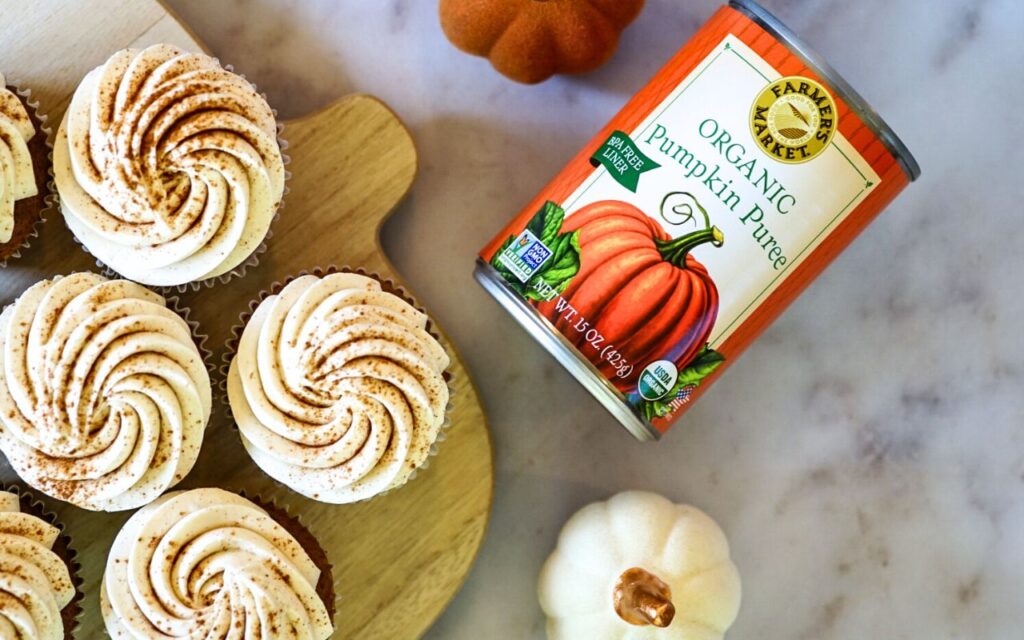
Texture matters as much as flavor for comfort. Blending roasted or cooked vegetables into a smooth purée makes them creamy and luxurious without adding heavy dairy. Think roasted cauliflower purée, carrot and ginger soup, or a silky butternut squash sauce for pasta. Use an immersion blender or countertop model, finish with a little oil or cream to adjust richness, and season to taste. Purees make vegetables approachable and bowl-worthy, especially for people who expect a soft, warming mouthfeel from comfort food.
6. Add crunchy toppings for textural contrast and interest
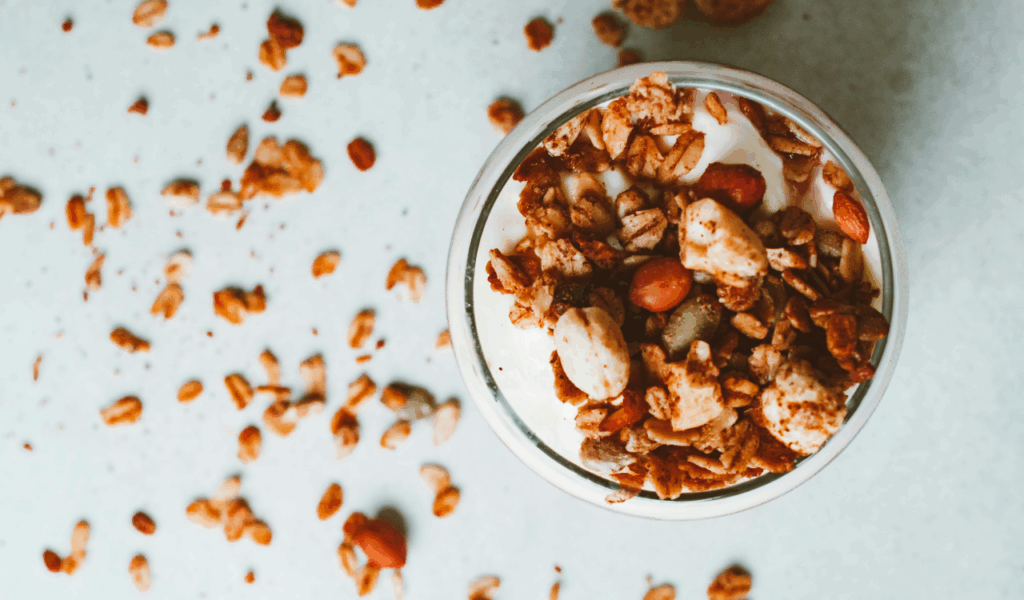
Comfort food is rarely one-note in texture. Toasted nuts, seeds, crisp breadcrumbs, or fried shallots introduce crunch that makes each bite more exciting. Toasting also adds a nutty aroma and a toasty fat component that plays well against soft interiors. Scatter these toppings just before serving to retain their crispness, and consider finishing salts or a dusting of spice to tie the whole mouthfeel together. Texture change is a small move that dramatically increases perceived complexity.
7. Pair with umami-rich ingredients to deepen flavor
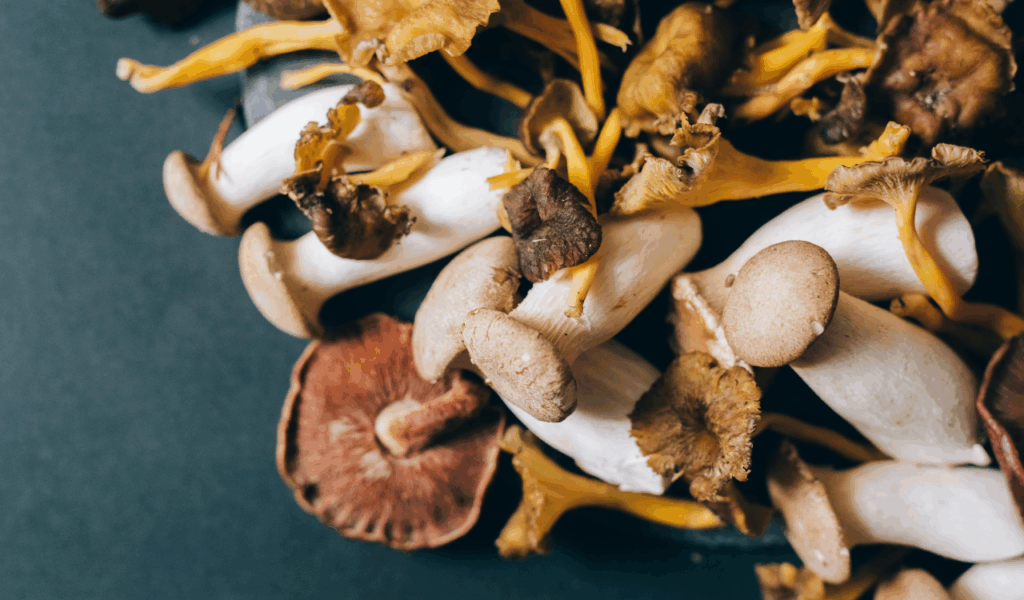
Umami is the backbone of savory comfort. Add Parmesan, anchovy, mushrooms, miso, soy, or concentrated tomato paste to give vegetables a deeper, meatlike savor. A little grated cheese over hot veg melts into pockets of fat and salt. A spoonful of miso whisked into a braise supplies backbone without obvious flavor. Umami makes vegetables feel more substantial and helps them pair seamlessly with simple proteins, so the whole plate reads like a composed meal rather than a side.
8. Combine soft interiors with crispy edges for satisfying contrast
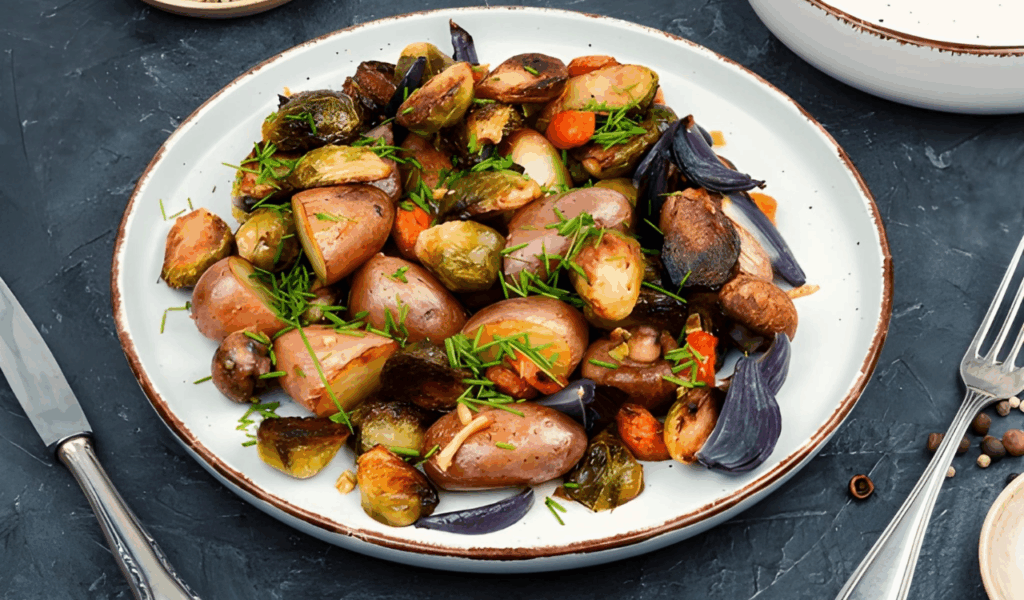
Chefs aim for contrast because it keeps your palate engaged. Roast until interiors are tender and edges are charred, or sauté until the water evaporates and the sugars brown. For example, blister tomatoes until they pop while their juices concentrate, or saute thin slices of potato until edges crisp and centers remain yielding. The interplay of plush and crunchy textures reads comforting and complex, and it signals intentional technique rather than rushed cooking.
9. Treat vegetables as the main event and cook them accordingly
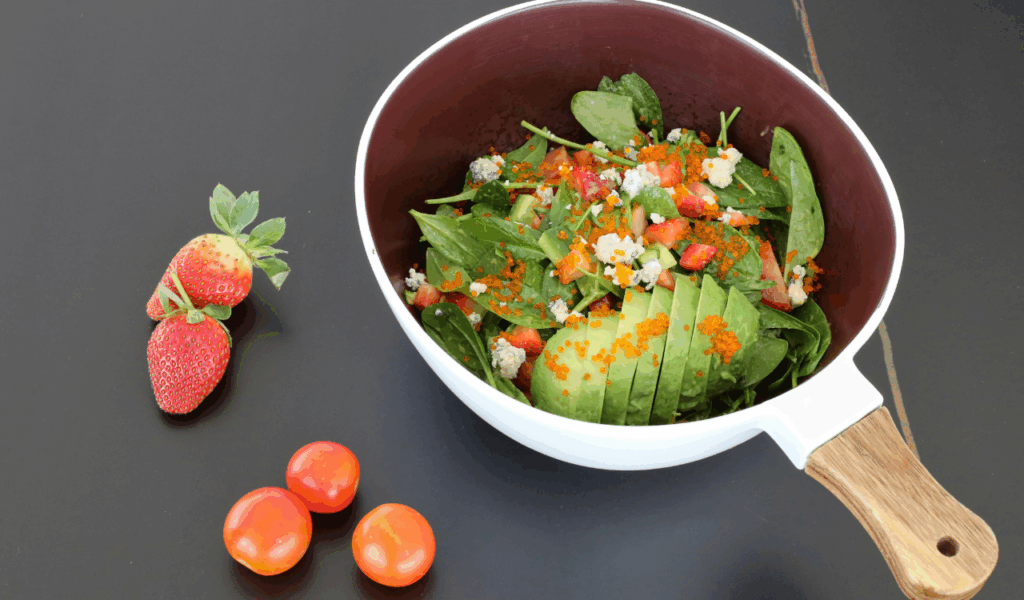
When chefs want vegetables to sing, they stop hiding them behind meat and start building dishes around them. That means seasoning boldly, using longer techniques like roasting and braising, and pairing them with complementary sauces and garnishes. Create a ratatouille, a gratin, or a composed dish where the vegetables carry the meal. Elevating veg to center stage changes how you treat them in the pan and how your guests experience the plate.
10. Coat vegetables in indulgent sauces or dips for instant comfort
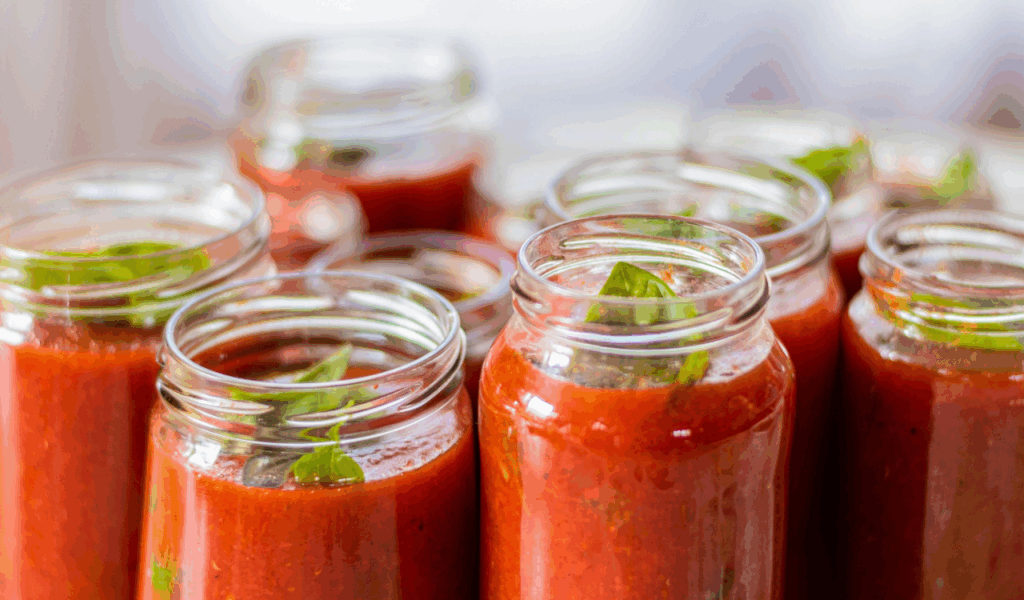
There is no shame in a good sauce. A velvety cheese sauce, a balsamic glaze, pesto, tahini dressing, or a creamy aioli can turn vegetables into indulgent bites. Coat roasted cauliflower in a rich cheese sauce, drizzle roasted Brussels sprouts with a sticky balsamic reduction, or toss blanched green beans in browned butter and sage. Sauces add fat and flavor, making vegetables more familiar to anyone who equates comfort with richness. Use them as finishing elements to create cohesion and depth.





